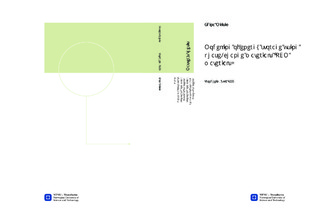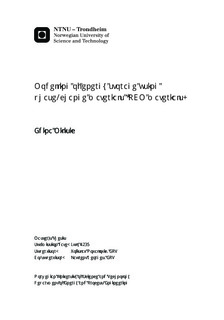| dc.description.abstract | Unfortunately the global conventional fuels in reserves are running out while the world energy consumption is increasing very fast. All scientists agreed that Renewable energies is one of the best solutions for energy supply in many parts of the world. Renewable energies are solar energy, wind energy, bio energy, geothermal energy, tidal energy, and hydropower. Approximately all these forms of energy are hampered by their high costs. Moreover, solar energy, wind energy and tidal energy are characterized by their intermittent nature, as they are not available all the time. This intermittent problem can be solved by energy storage.Energy storage components improve the energy efficiency of systems by reducing the mismatch between supply and demand. For this purpose, phase-change materials are particularly attractive since they provide a high-energy storage density at a constant temperature which corresponds to the phase transition temperature of the material. The aim of this thesis is to Is to describe the state of the art progress in applying PCM materials for energy storage (essentially in tanks), and opportunities of their future applications, describe physical properties of typically used PCM materials, present a mathematical model of the energy balance during the energy storage (charge) and energy discharge from the PCM material. Mathematical model is based on one-dimensional (1D) analysis. The mathematical model consist of charging process and discharging process. During charging process the heat transfer fluid passes through the storage tank in order to transfer its thermal energy to the phase change material tube. During the discharging process, the cold water passes through the storage tank to acquire the thermal energy stored by the phase change material tube. Different solutions utilizing PCM was assessed. It was presented different Phase Change Materials for energy storage. This assessment indicated that salt hydrates are the most energy intensive of the PCM possibilities. When we use the Paraffin for energy storage we had less energy stored then with salt hydrates used like medium for energy storage. This assessment indicated that when we use PCM as a medium for energy storage we accumulate significantly more energy than in the case when we use water as a medium for energy storage.There are some weaknesses in the PCM model. It was assumed that the temperature in the tank was uniform. This will not apply for the real case where the heat transfer fluid temperature will increase while transferring through the tank. For a realistic case, the temperature of the first elements will decrease rapidly because of large temperature difference between the heat transfer fluid and the PCMs in the tank. | nb_NO |

